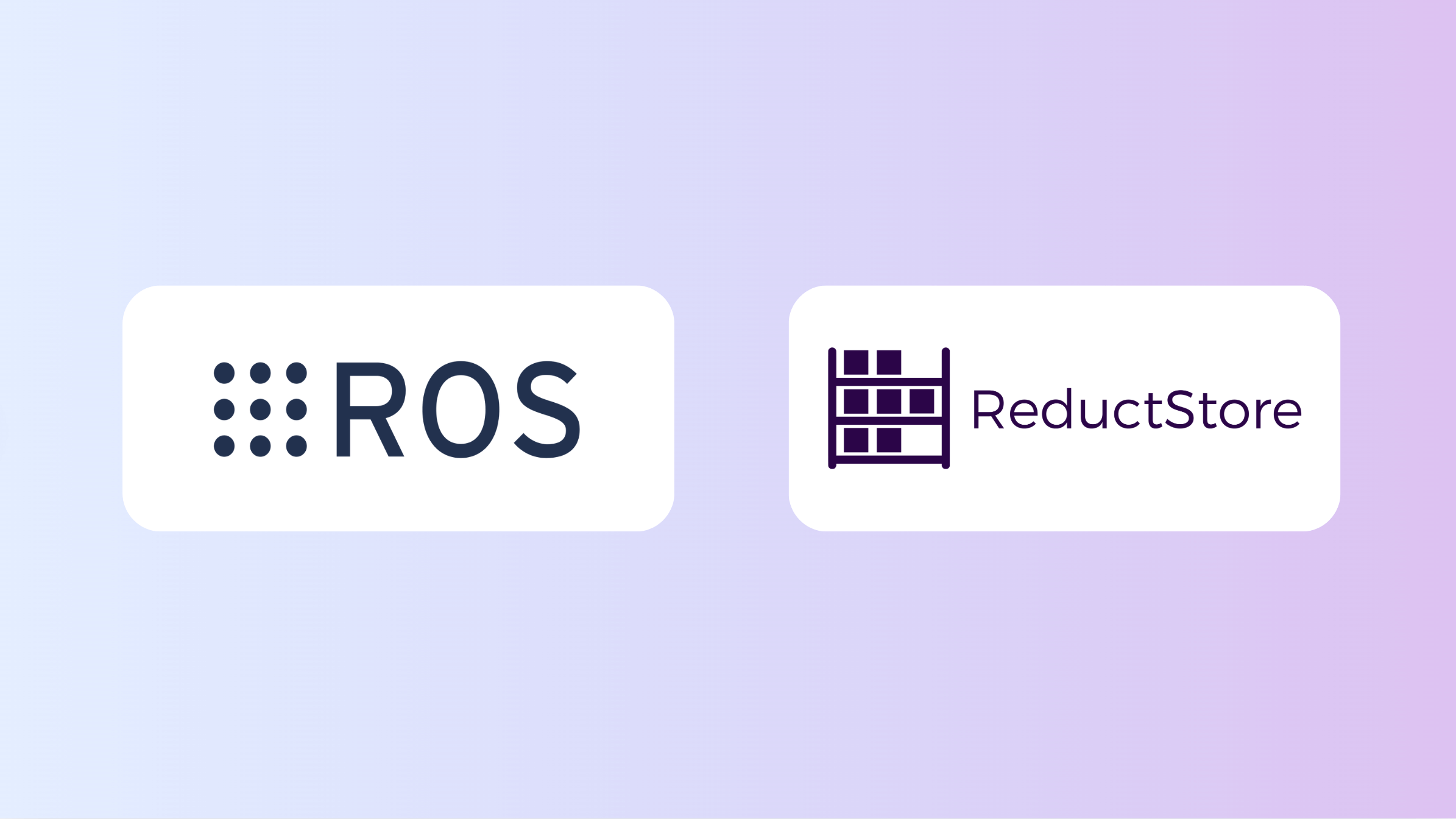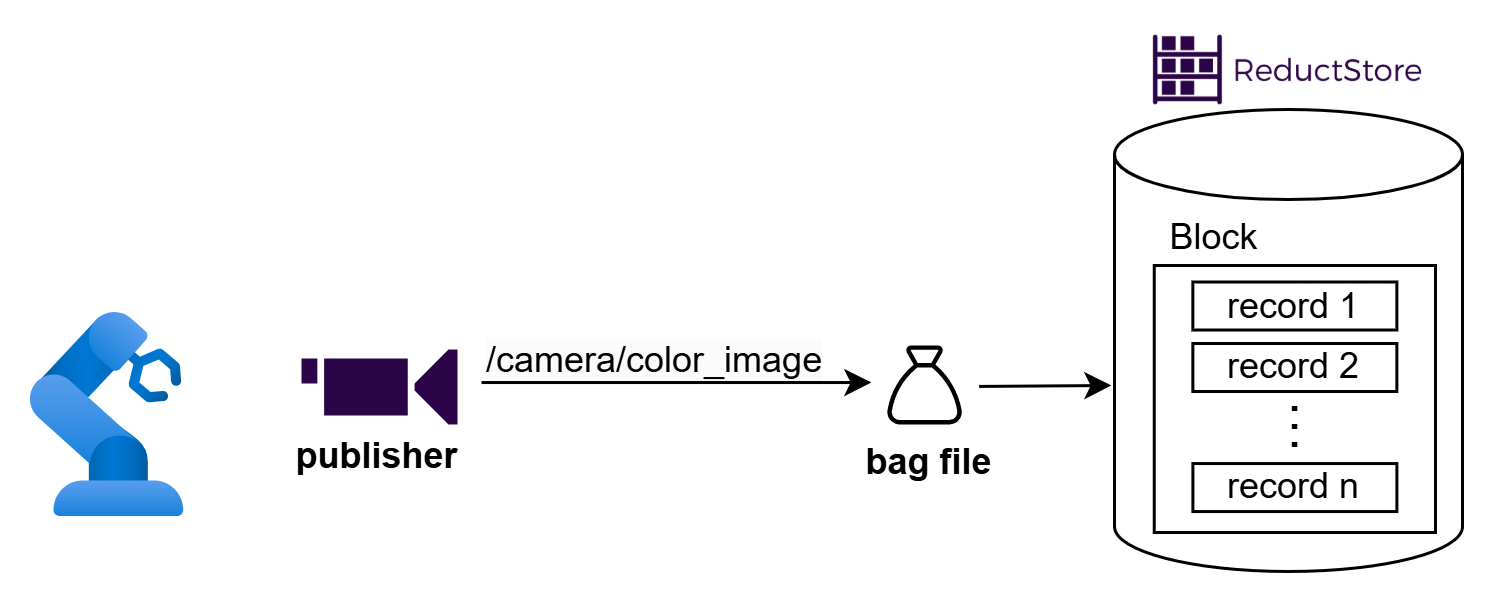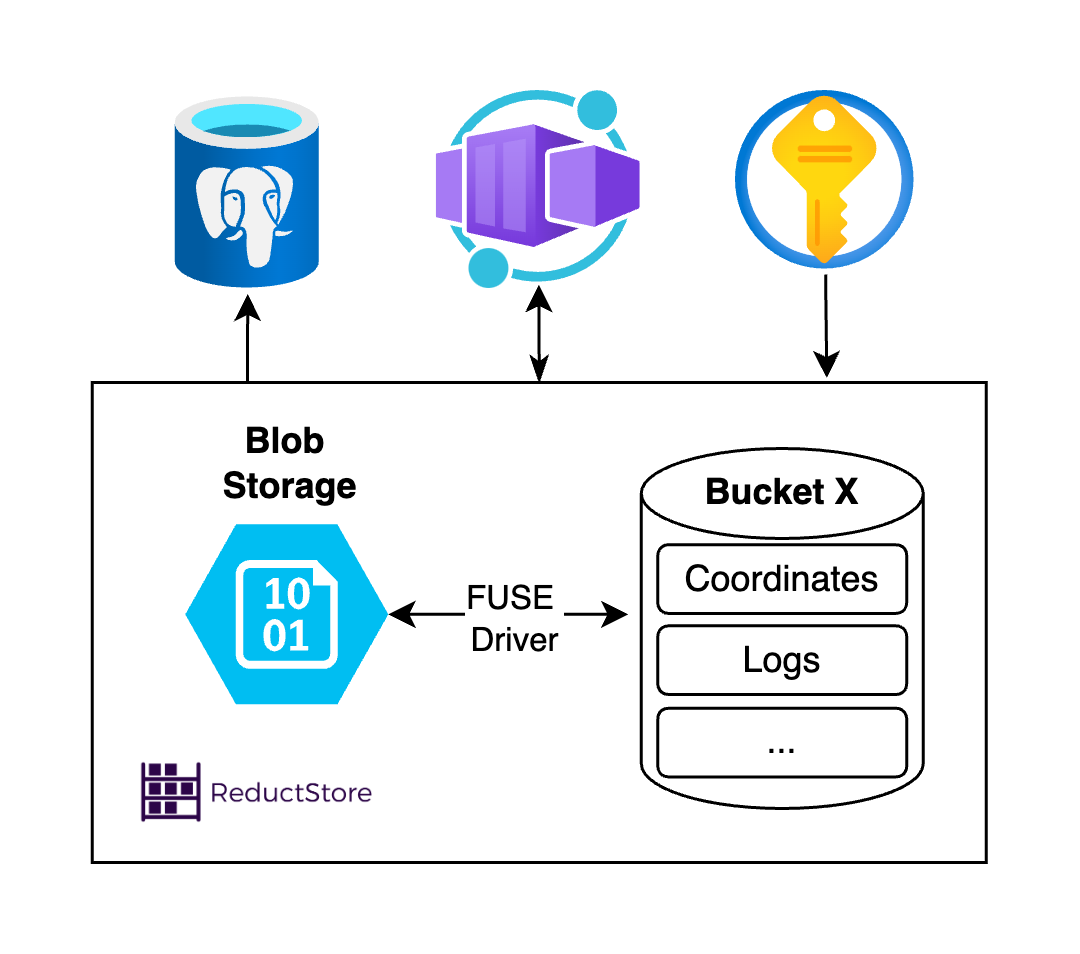How to Store and Manage ROS Data

In this tutorial, we will create a custom ROS 2 Humble package called rosbag2reduct that records incoming ROS 2 topics into MCAP bag files on a Raspberry Pi and automatically uploads those files to a ReductStore instance with metadata labels. We'll walk through setting up ROS 2 Humble on the Pi, interfacing a USB camera using the v4l2_camera driver, deploying a lightweight YOLOv5 (nano) object detection node (using ONNX Runtime) to produce detection metadata, and implementing the rosbag2reduct node to capture data and offload it. We will also cover installing ReductStore on the Pi, configuring replication of labeled data to a central storage on your laptop (using label-based filters via the web console). This end-to-end guide is structured with clear steps, code examples, and configuration snippets to help you build and deploy the system.



